The decision to alter the track limits between Turns 9, 12 and 19 at the Circuit of the Americas midway through the United States Grand Prix weekend was unconventional.
Overnight the white line, designed to define the edge of the track, was extended a few centimetres to the right of each to give the drivers "more margin" following a discussion between them, the FIA, and teams.
It came after several drivers fell foul of track limits during the Friday qualifying session, including Max Verstappen whose 1:34.718 was deleted due to him running all four wheels off the track at Turn 19.
The irony is, with the changes made for Saturday his lap would not have been deleted.
You would think that making the change would lead to less instances of deleted lap times in the race? Quite the opposite.
There was 35 instances, according to official Formula 1 documentation, of lap times deleted during the US Grand Prix. Only Alex Albon was handed a penalty in-race and investigated after over multiple offences, although the stewards later deemed no further action.
So why the need to change the limits midway through a weekend?
This was not the same as Qatar, where the track configuration was effectively changed due to safety concerns. To understand it, one must think back to what happened in Austria.
Viewed by others:
A compromise must be found for mitigating circumstances
Confidence in F1's track limits policy has hit an all-time low, with the latest episode now putting the 'white lines' rule under creative interpretation by the drivers.
In Austria this rule was tested to the limits due to the nature of the circuit, leading to a farcical situation where 83 laps were deleted over the course of the 71-lap race distance.
While various solutions have been tried at the Red Bull Ring, drivers still run wide due to the undulating nature of the circuit.
A similar case was found throughout the weekend at COTA, where the abrasive tarmac and under-surface subsidence produced a bumpier surface than the teams expected from their simulations.
Both Lewis Hamilton and Charles Leclerc were disqualified because of excessive skid-block wear, which Mercedes put down to the bumps when they went to see the stewards.
It was the first time any driver has fallen foul of the rule in almost 30 years, perhaps highlighting a further cause-and-effect issue with moving the goal posts.
Currently, drivers are subjected to a three-strike rule, whereby if they have three laps deleted they receive a black-and-white flag from the stewards. A fourth time and they are subject to a penalty.
As has been evidenced in Austria and subsequently Austin, this rule does not take into consideration tyre fatigue, fuel loads, or aero balance changes.
A better solution
While the strict rule works in qualifying and adds a bit of jeopardy to the session, in the race it can throw up unwanted consequences.
Several drivers were heard over team radio 'snitching' on the driver in front, claiming they had been going over the white lines for several laps.
Sergio Perez claimed the rules were not being applied properly after the race, even though the stewards had access to more data, camera angles and the use of the remote operations facility in Geneva.
Changing the goalposts midway through a weekend, when there are no safety concerns, represents a 'give them an inch and they'll take a mile' attitude.
Football teams do not request the goalposts to be widened when they are 3-0 down at half-time, nor do tennis players ask for a wider baseline if they are a set down.
There is no one-size-fits-all answer to track limits, but there is better ways of enforcing consistency.
Deleted laps during Grands Prix
| Race | Deleted laps |
|---|---|
| Bahrain GP | 18 |
| Saudi Arabian GP | 16 |
| Australian GP | 1 |
| Azerbaijan GP | 2 |
| Miami GP | 7 |
| Monaco GP | 31 |
| Spanish GP | 9 |
| Canadian GP | 9 |
| Austrian GP | 83 |
| British GP | 16 |
| Hungarian GP | 18 |
| Belgian GP | 15 |
| Dutch GP | 1 |
| Italian GP | 17 |
| Singapore GP | 10 |
| Japanese GP | 15 |
| Qatar GP | 51 |
| United States GP | 35 |
Most read
In this article
F1 2023 United States Grand Prix RN365 News dossier
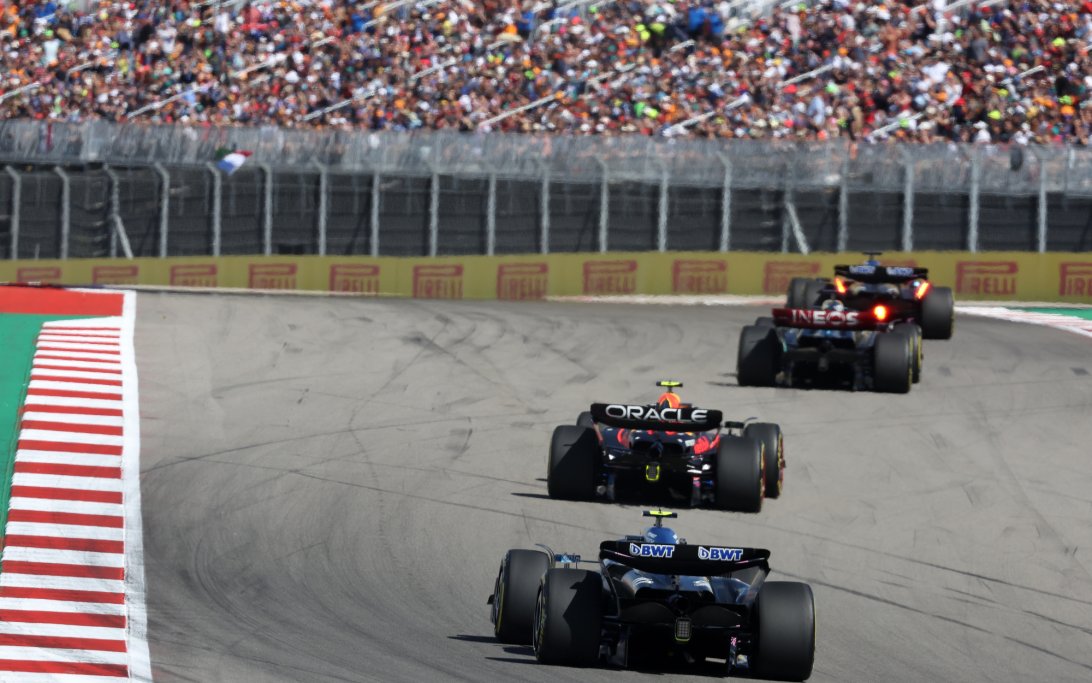
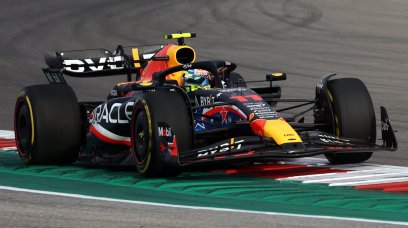


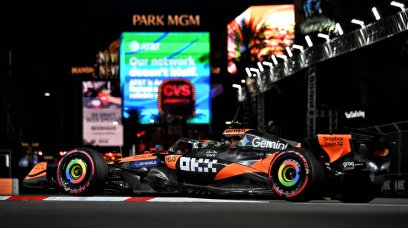
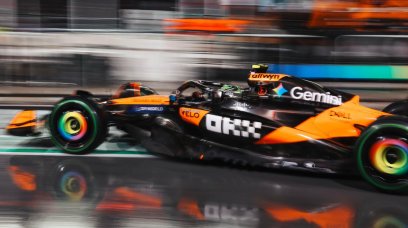


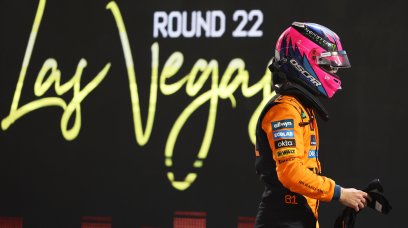

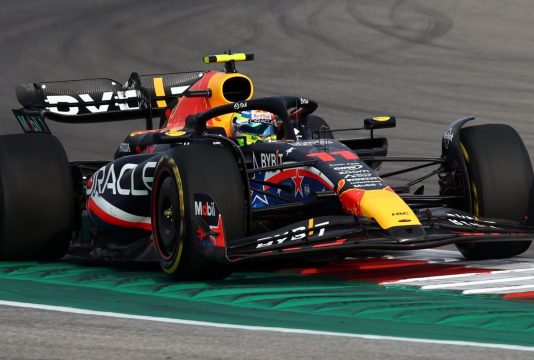

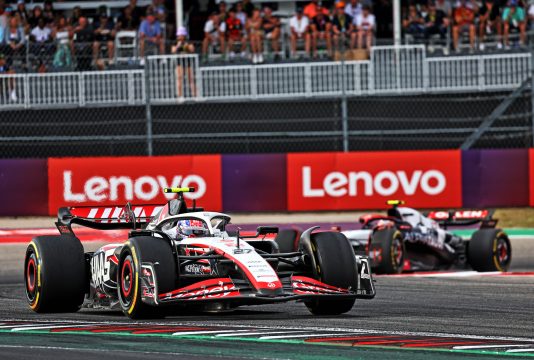
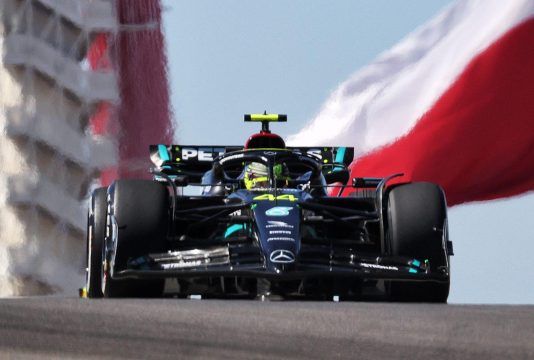
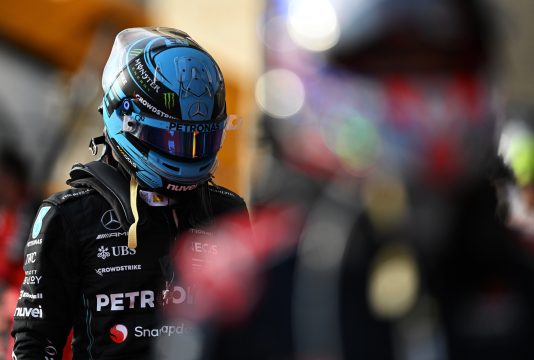
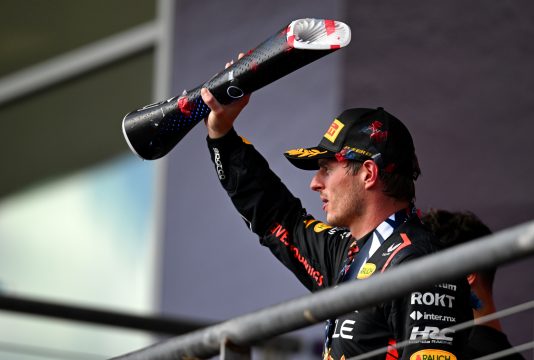

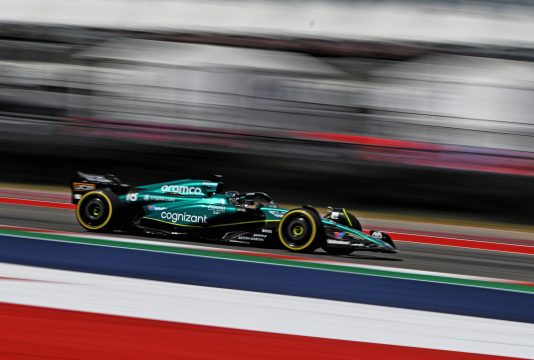

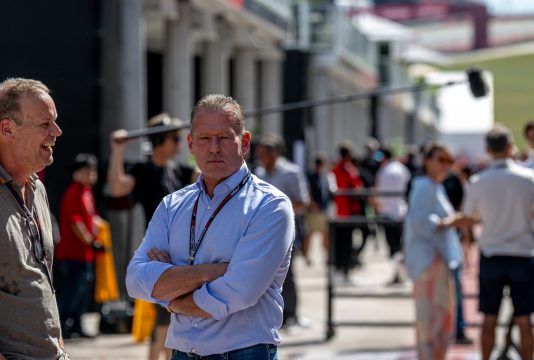
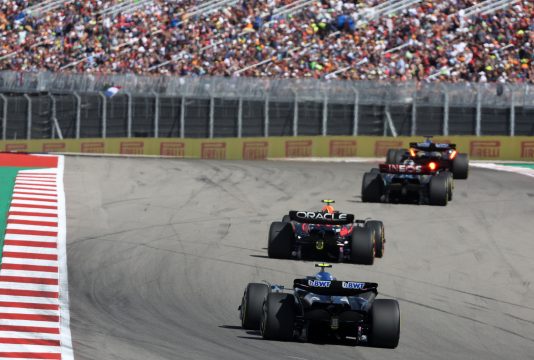

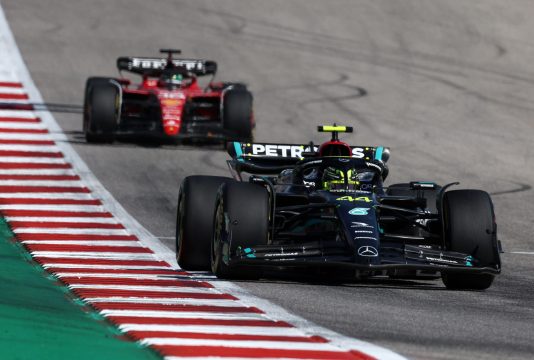
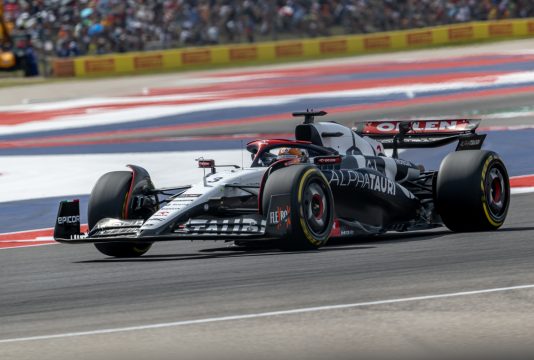
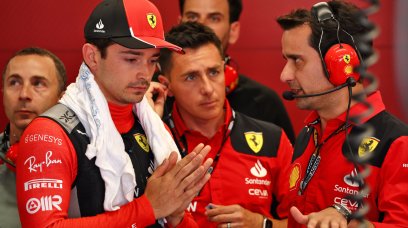


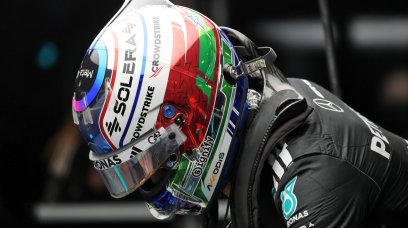












Join the conversation!